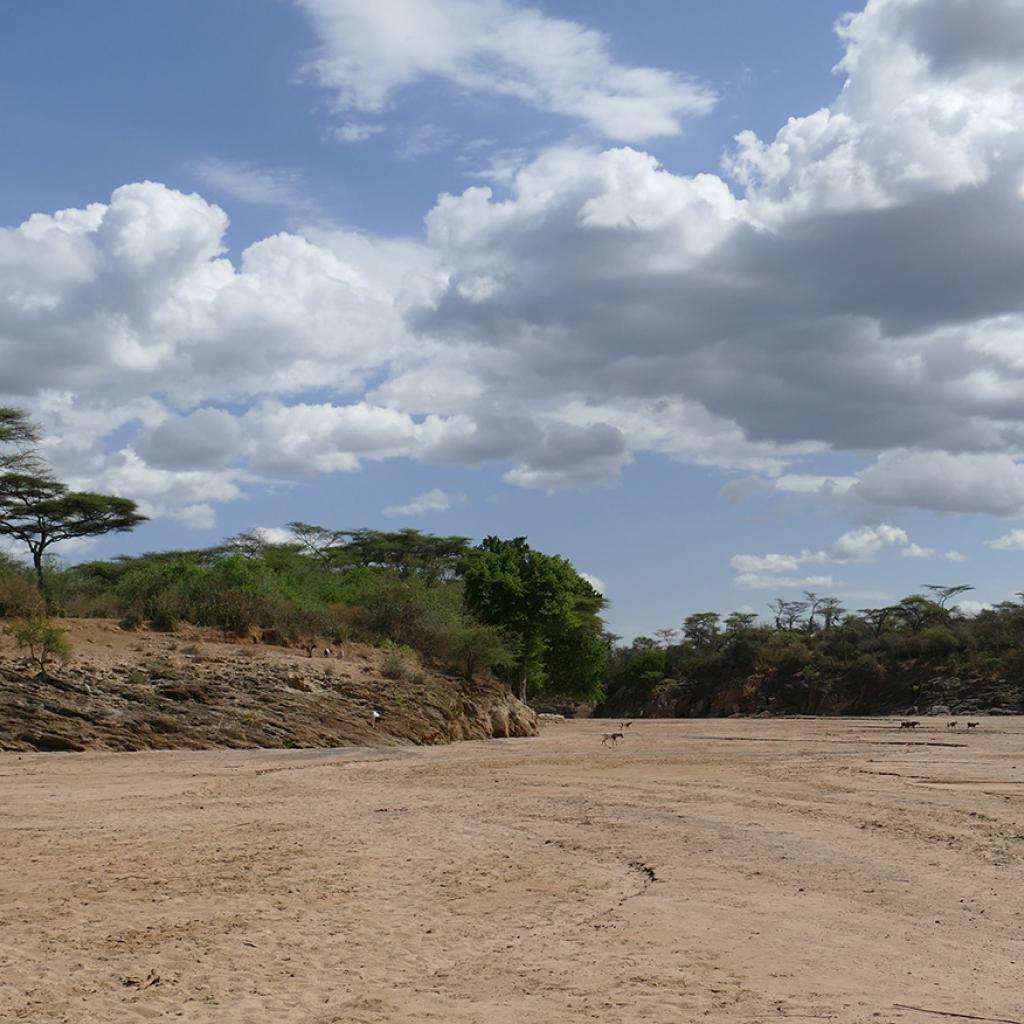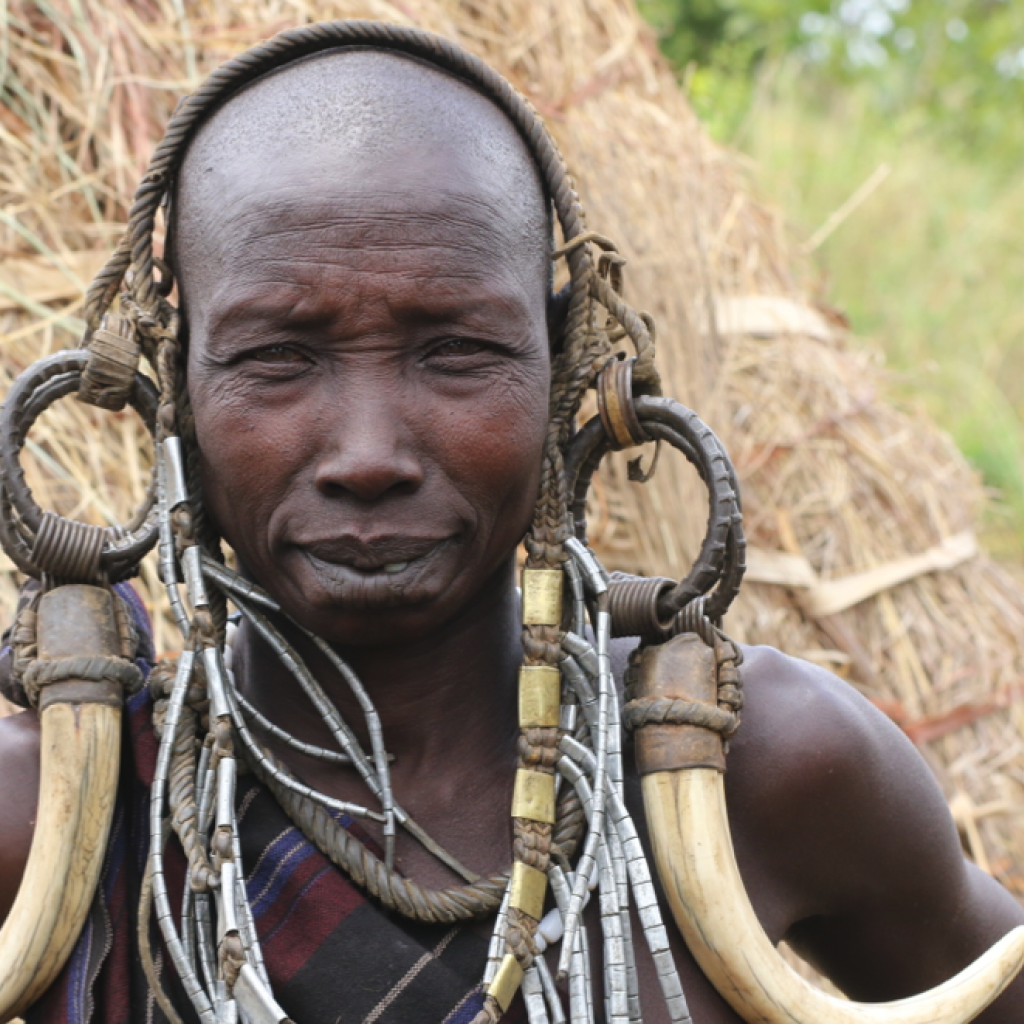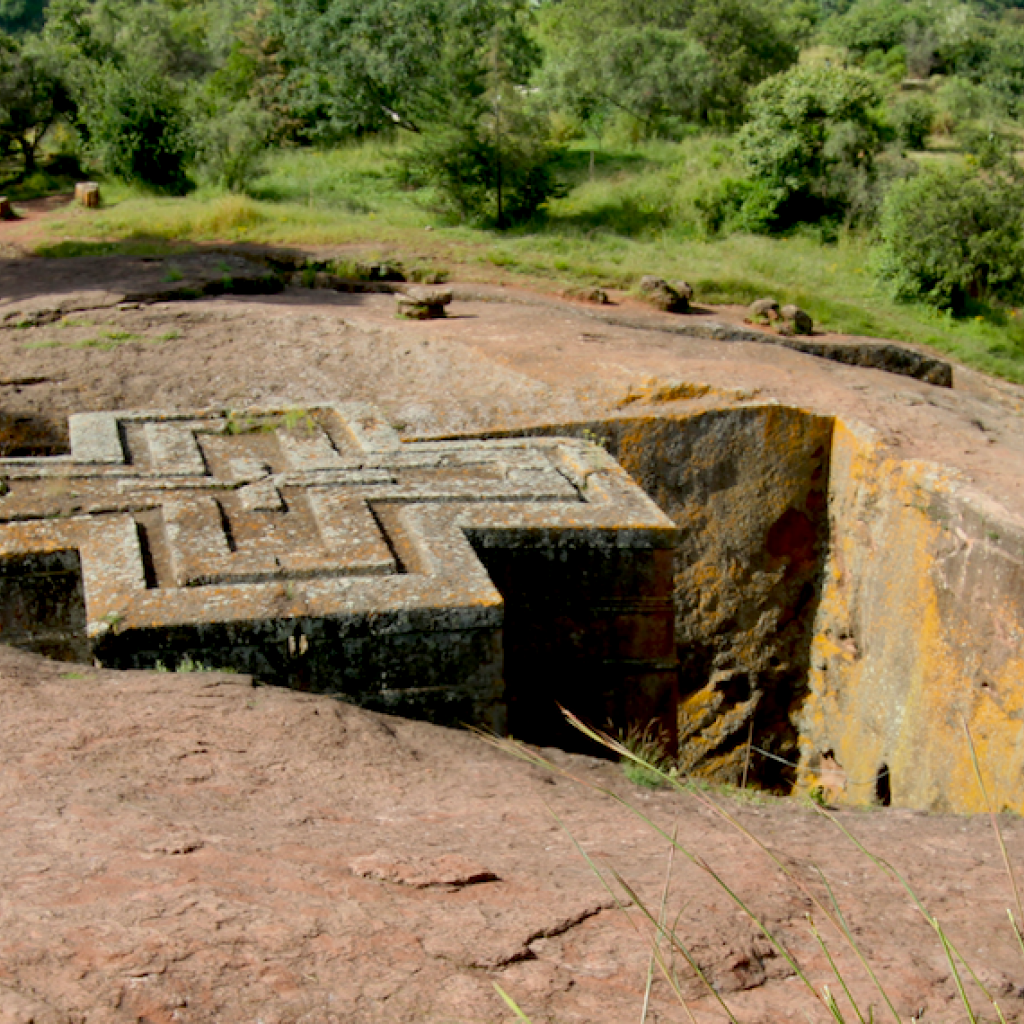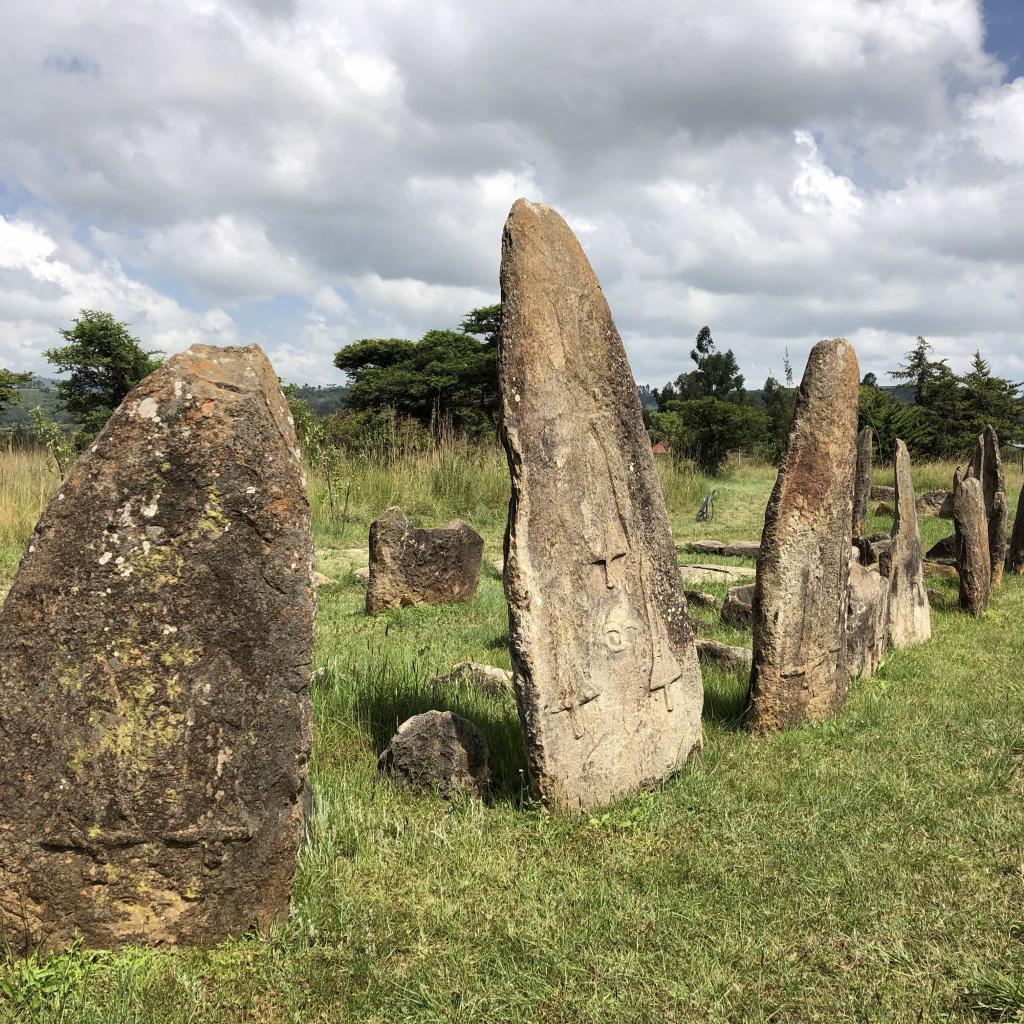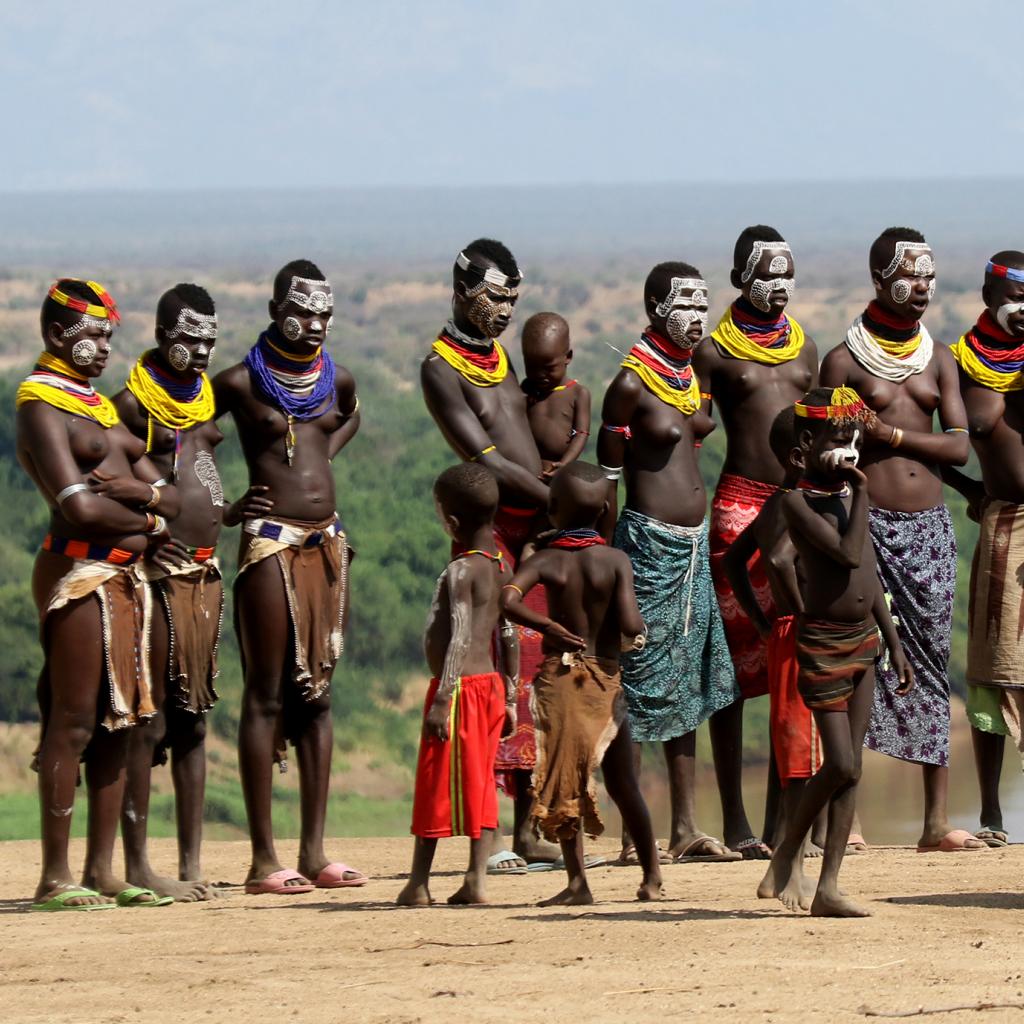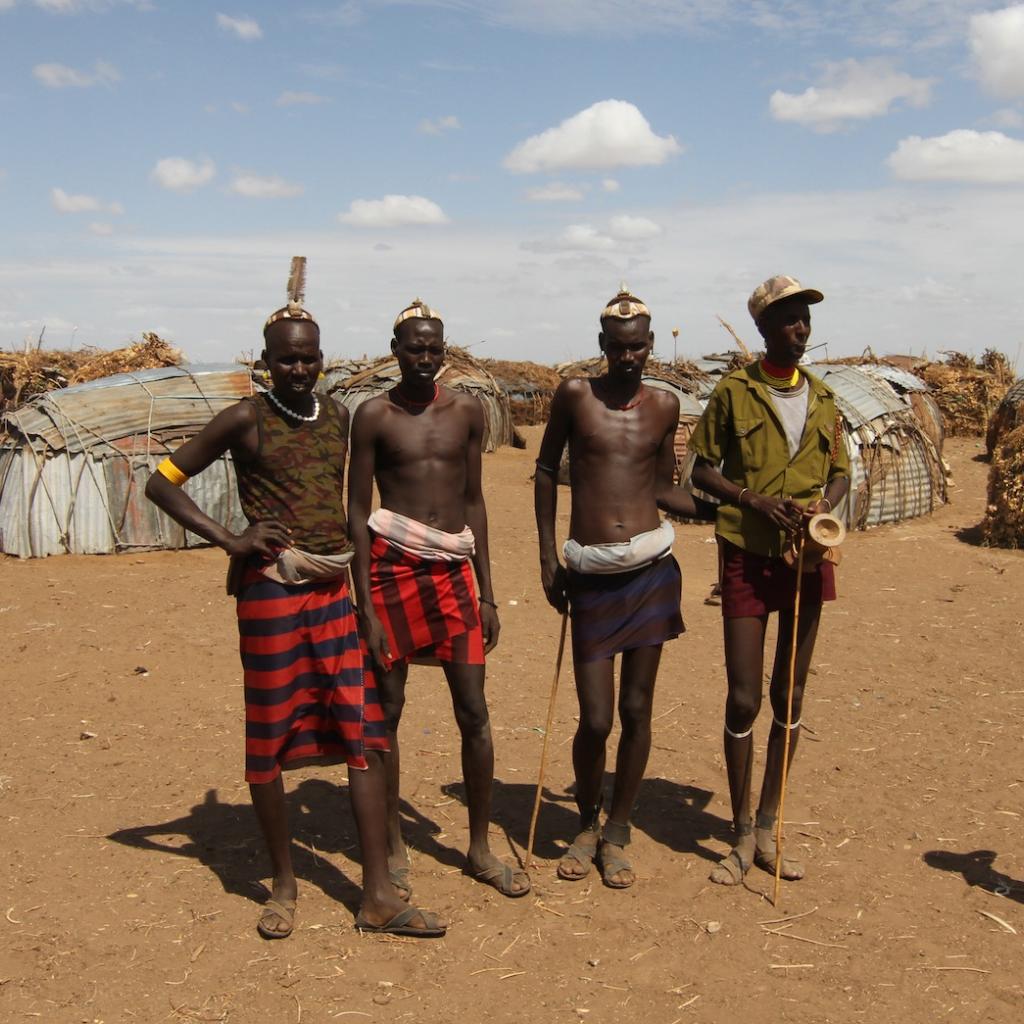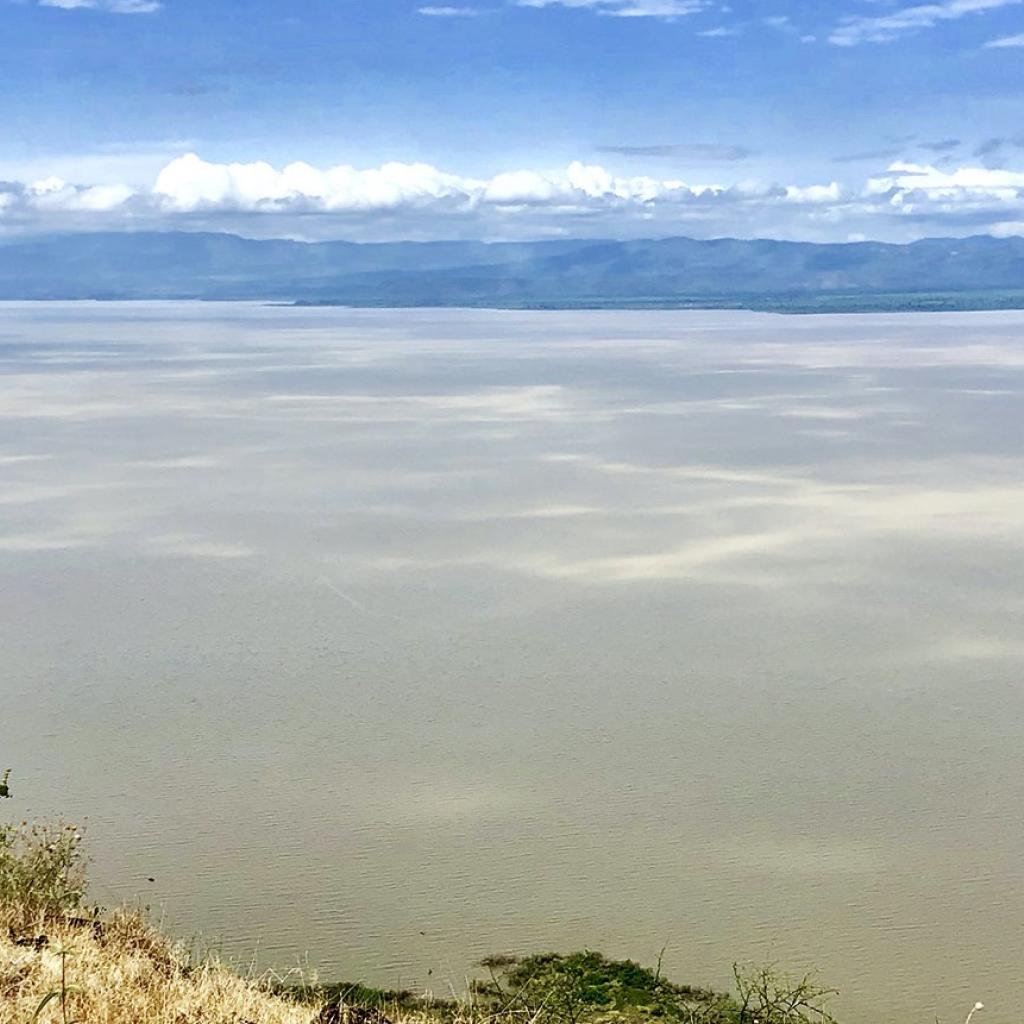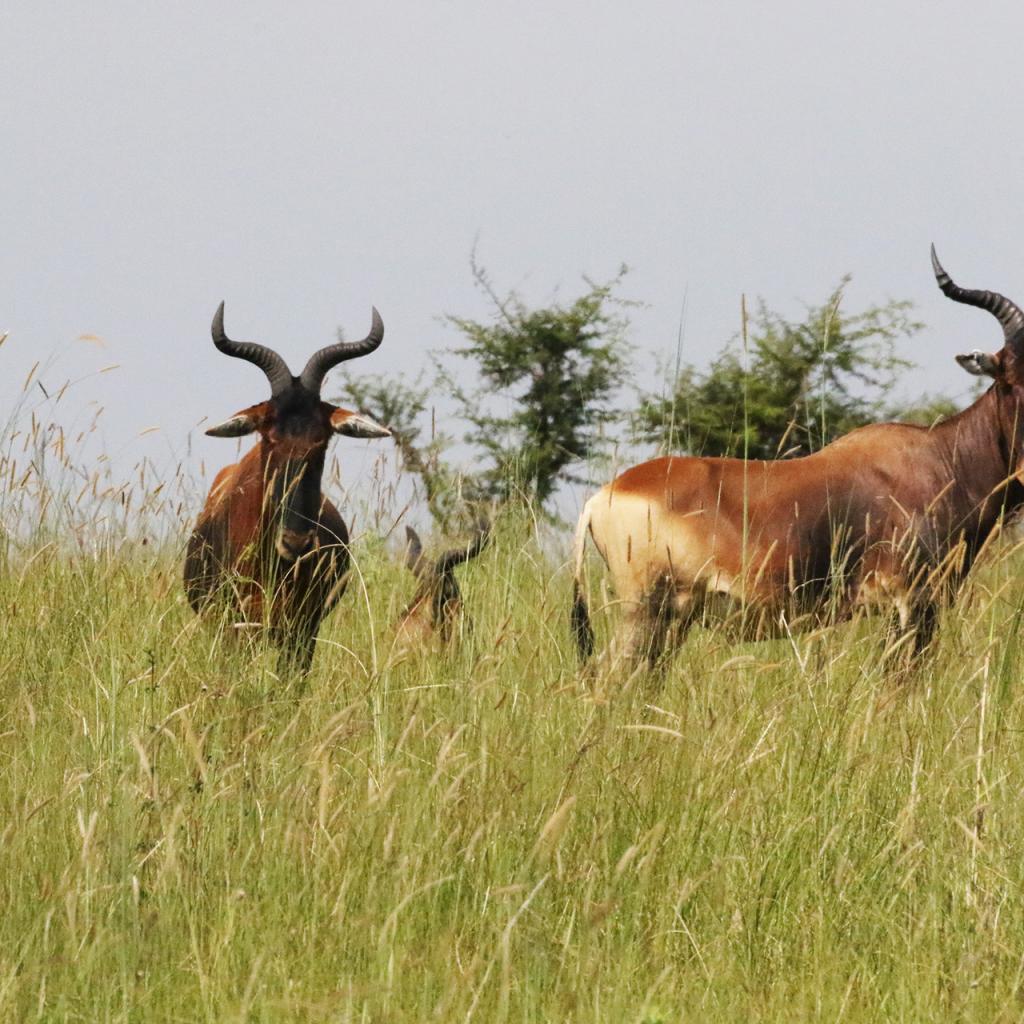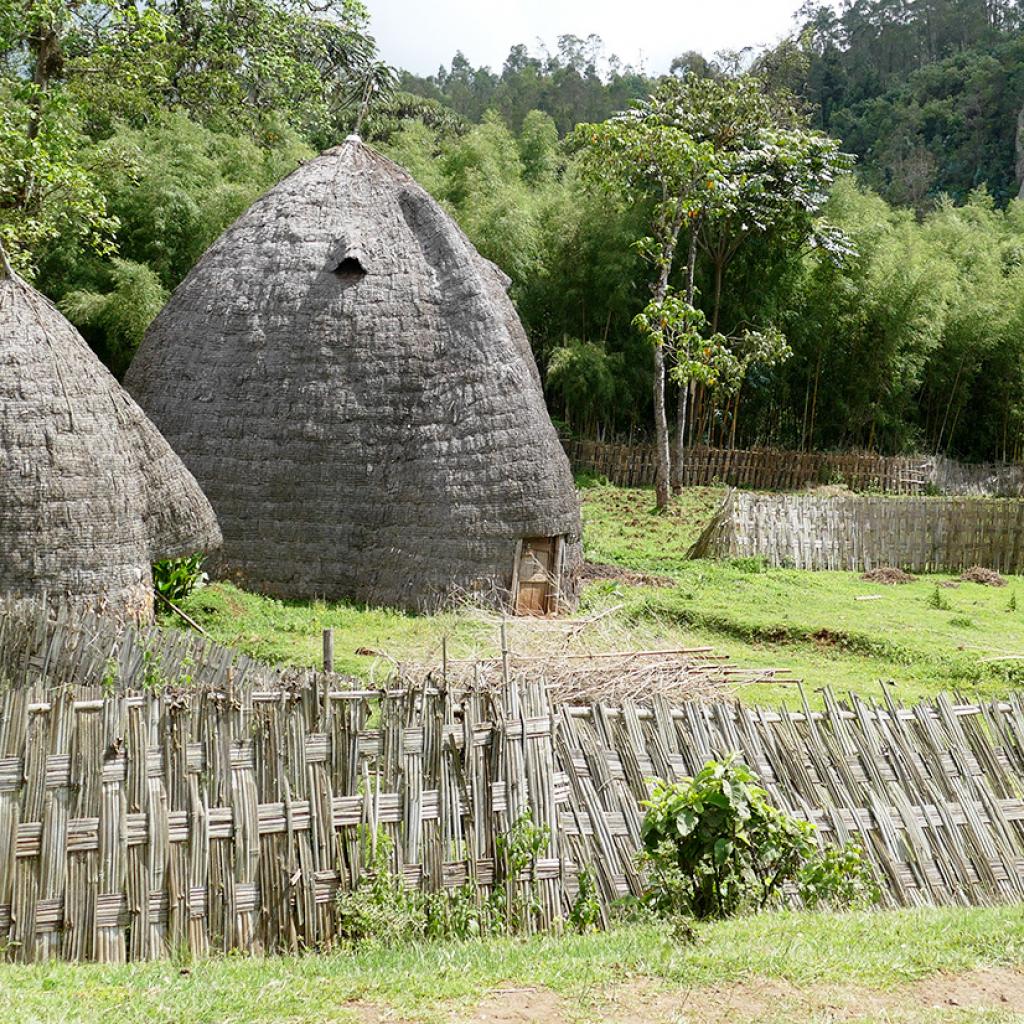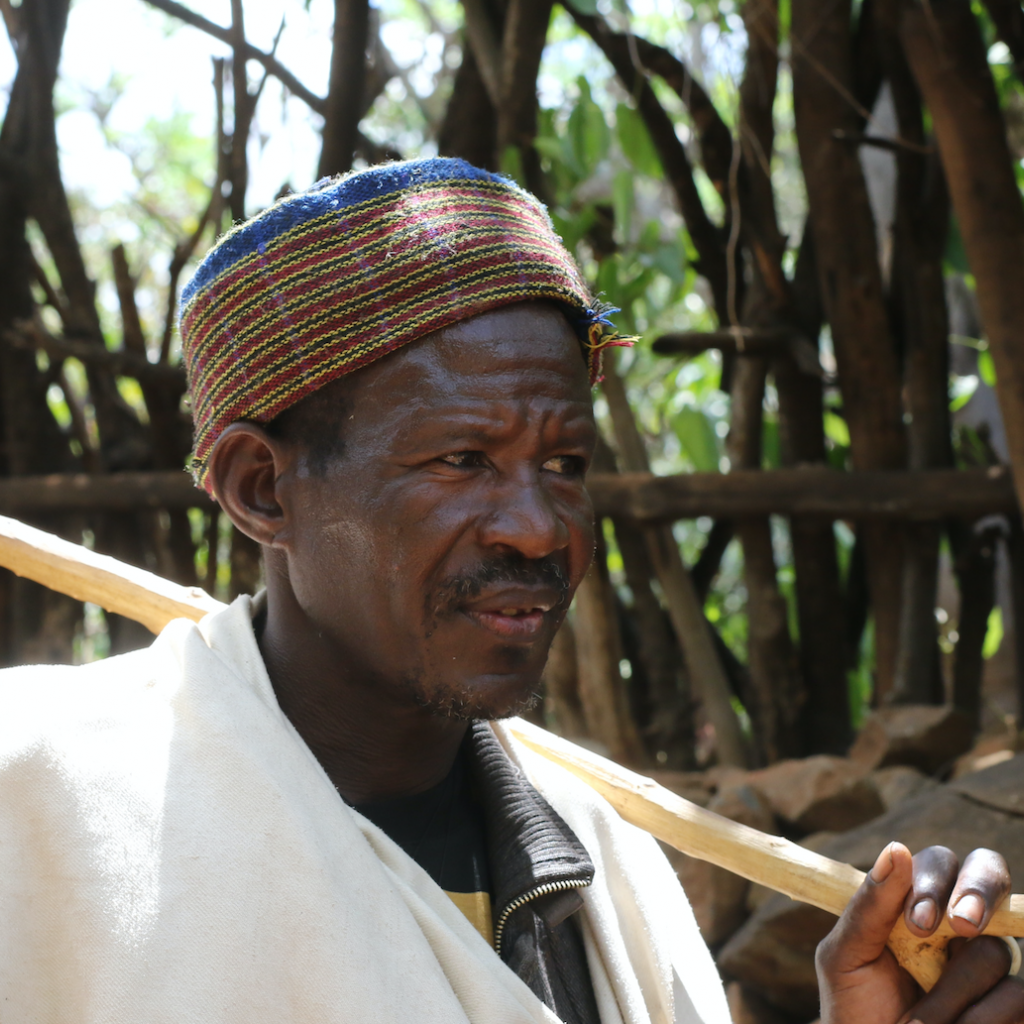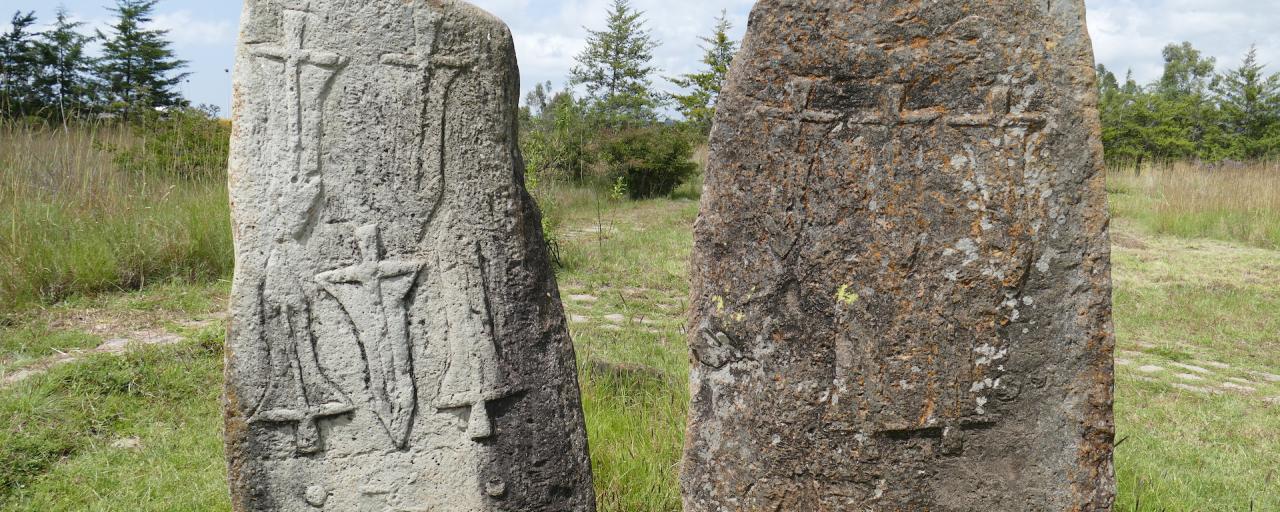
Tiya Stems - Photo Credits: Romina Facchi
The meaning of the symbols on the Tiya Stems in Ethiopia
The stems that are found in Tiya, in Ethiopia, are very particular and are still shrouded in mystery, as are the more than 10,000 stems estimated to be present in this area of the country.
The stems have engraved, on their surface, some symbols that the archaeologists have tried to interpret, the more consolidated version wants them to identify the identity of who was buried near a determined stem.
The symbols that have been interpreted are the following:
Dagger: it indicates that a warrior is buried there, usually it is in the middle of the stem.
Number of daggers: it indicates the number of people the warrior has killed or the number of battles he has fought, usually found in the center of the stem.
Two Circles: they indicate that a man is buried there, they are usually positioned in the upper part of the stem.
Two elongated U: they indicate that a woman is buried there, they are usually positioned in the upper part of the stem.
Ribs: they indicate that a man is buried there, they are not present on all the stems and, if present, are positioned in the central part of the stem.
Enset plant (false banana tree): for many populations of the area, in particular for the Dorze and the Konso, it is still an important source of food; perhaps it was a wish for the departed, but obviously it is a supposition.
It is usually positioned in the lower part of the stem.
Traditional headrest: it represents rest, it is thought to be a wish for the deceased to rest in peace; it is usually positioned in the lower part of the stem.
Jewels: they are usually found on the stems of women, they are said to represent the rank or wealth of the person, but there is no certainty; they are usually positioned near the neck, in the upper part of the stem, near the two U.
Arms and hands: on some stems are depicted anthropomorphic details such as arms and hands, sometimes adorned with jewels, it is not known if they are only an embellishment of the stem or if they identify the rank and wealth of the person; they are usually positioned in the central or low part of the stem.
Drum: in the past it was an important tool for communicating over large distances, perhaps it represents a ritual drum, in that case it identifies the burial place of the one who was in charge of playing it; it is usually positioned in the lower part of the stem.
Shield: various conjectures have been made in this regard, perhaps it identifies the burial place of a warrior or a person of high rank, the equivalent of a king, or something else, it is very difficult to understand it; it is usually positioned in the central part of the stem.
Cross: on a stem a cross is found, it is not known if the person buried there was a Christian or if that symbol has another meaning; this is one of the most recent stem, dating back to the 14th century, a period in which there may have been contaminations with Northern Christians.
The body was buried lying with its back on the ground, just as it was, and this is usually done in the Christian ritual.
Obviously it is a conjecture not supported by the research carried out.
Archaeologists still have a lot of work to do, not only to interpret the symbols but also to understand who, over the centuries, has carved the stems.


